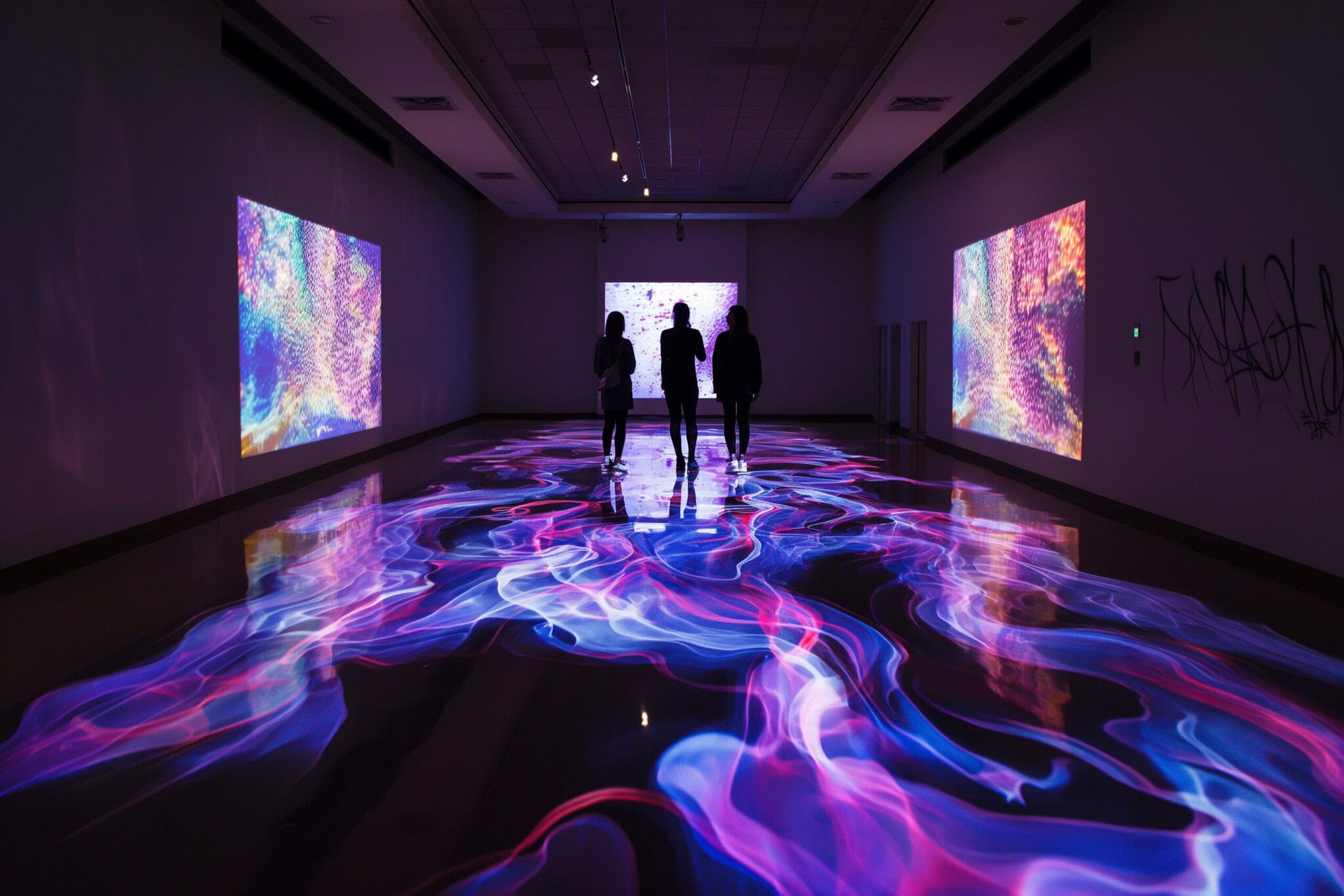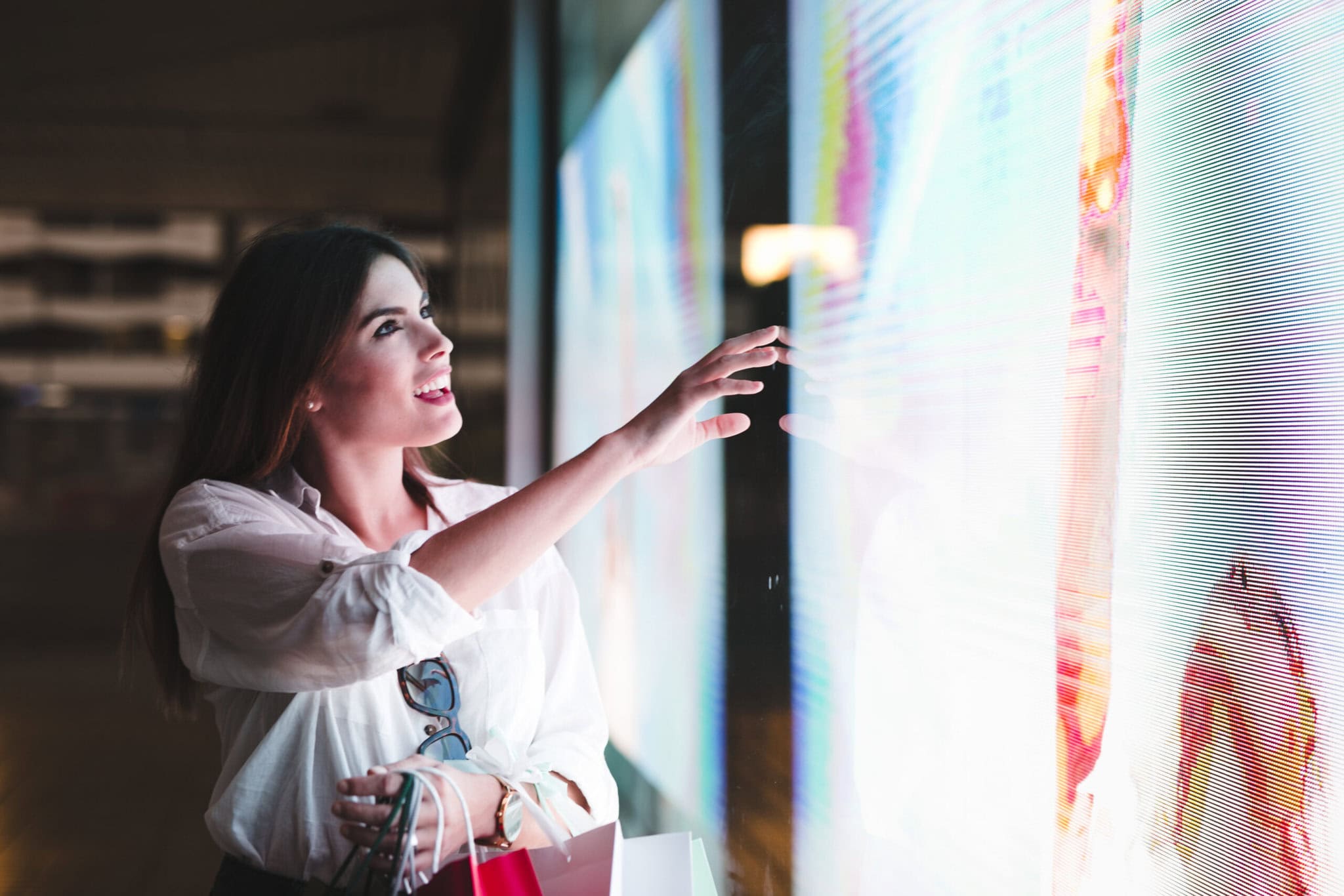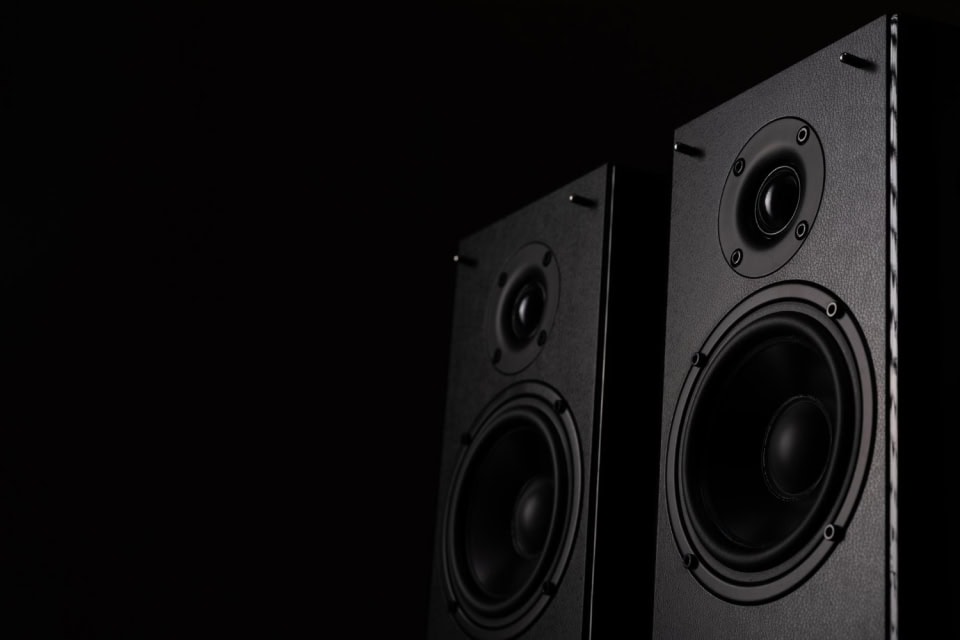What is a Multi-sensory Immersive Experience and Why Does it Matter?
So, what exactly is an immersive experience? It’s when you feel completely wrapped up in an environment, whether it’s real or simulated. This kind of experience is important because it creates a deeper emotional connection, making you feel like you’re actually there.
Immersive setups use a mix of multisensory stimuli—sight, sound, and touch—to really pull you in. This is crucial for making experiences more engaging, whether it’s in entertainment, education, or even healthcare. At the heart of it, immersive experiences aim to make you feel like you’re physically part of the environment.
How Does Audiovisual (AV) Technology Create Immersion?
AV technology is key to building immersive spaces by providing high-quality visual and auditory stimuli that mimic real-world experiences. Think of it like this: big, sharp displays combined with spatial audio set the stage for a rich sensory experience.
It’s not just about having clear visuals and sounds; it’s about making sure they work together seamlessly. This AV immersion helps you interact with the space in real-time, enhancing that feeling of being truly present. By syncing up visuals with sounds, these systems make the experience feel complete and engaging

Key Components for Multisensory Experiences
Engaging with as many senses as possible is what it will take to really create a multisensory experience. Sight and hearing are central, but adding a bit of tactile feedback – like some type of vibrations or touch controls – can really enhance the experience.
AV immersion is about visuals and sound, and often the two are synced to make you even more engaged and feel more present. By adding tactile elements, you tie everything together by giving the users something to physically touch, really getting into the experience even further.

What Equipment is Needed to Create Multisensory Experiences?
To build an immersive, multisensory environment, various types of AV equipment are essential. Here’s a breakdown of the necessary tools and their roles:
| AV Equipment | Description | Purpose |
| High-Resolution Displays | Large, high-quality screens (LED, OLED, 4K/8K projectors) | Provide crisp, detailed visuals for multisensory environments. |
| Spatial Audio Systems | Speakers or headphones that provide 3D sound | Simulate directional sound, enhancing auditory immersion. |
| Interactive Touchscreens | Displays that allow touch interaction | Enable real-time, tactile interaction within digital spaces. |
| Tactile Feedback Devices | Devices (e.g., haptic gloves, VR controllers) that simulate physical sensations | Provide tactile feedback, making interactions feel more realistic. |
| Microphones | High-quality, directional or ambient microphones | Capture sound accurately for immersive audio experiences. |
| Lighting Systems | LED, smart lighting systems that can sync with visuals and audio | Enhance the mood and atmosphere by synchronizing with other elements. |
| Acoustic Panels | Sound-absorbing panels placed in the environment | Improve sound clarity and prevent audio distortion. |
| AV Control Systems | Centralized control systems for managing multiple AV devices (e.g., Crestron, Q-SYS) | Synchronize and control AV elements from a single interface. |
| Subwoofers | Low-frequency speakers | Deliver deep bass sounds to enhance the physical sensation of audio. |
| Projection Mapping Systems | Technology that projects images onto irregular surfaces | Create dynamic, immersive visuals by mapping projections to physical objects. |
These components work together to create cohesive and synchronized AV environments that pull users into the space by stimulating their multiple senses.
The Role of Audio in Creating Immersion
Audio is a huge part when it comes to creating a truly immersive experience. Besides making sounds clear, high quality audio gives directional cues, which helps you pick out where sounds are coming from. This mimics real world sound environment, making you feel as though you are really there.
Audio synced to visuals can really help you feel immersed, so imagine hearing footsteps on screen and actually hearing them coming from the right direction. Without great audio, even the most gorgeous visuals could feel a little lifeless, a little less engaging.

Enhancing Immersion with Spatial Audio and Visual Cues
Spatial audio and visual cues are a pretty strong duo for improving immersion. In a concert simulation for example, spatial audio creates the impression of being in a music hall from all sides and high resolution visuals simulate the stage. Audiovisual systems which sync visual elements with directional sound, make the experience that much more interesting. The combined sound and sight of this integration make you feel as if you are truly part of the environment, pulling you into the experience further.
How Tactile Feedback Adds Depth to Immersive Environments
Adding tactile feedback—the sense of touch—adds another layer to immersive experiences. Devices like haptic gloves or touchscreens make interactions feel more realistic by providing physical sensations. For example, if you touch something on a screen, a slight vibration or pressure can mimic the feel of a real object. This multisensory interaction not only makes the environment more engaging but also deepens your immersion by stimulating the sense of touch along with sight and sound.
Synchronizing Visual and Auditory Elements for Maximum Effect
Combining visual and auditory elements is crucial for a truly engaging experience. If these elements don’t match up, it can break the illusion and lessen the sense of presence. On the other hand, when visuals and sounds align perfectly—like a door slamming on-screen with the matching sound effect—it strengthens the experience and enhances immersion. This harmony between sight and sound is essential for creating a smooth, engaging environment that keeps users fully involved.
Applications of Multisensory Experiences in Different Industries
Multisensory experiences are making waves across various industries. In entertainment, theme parks and theaters are combining AV and tactile elements to make attractions and movies more engaging. In education, interactive touchscreens and immersive setups help students learn better by using multiple senses. Even in the automotive world, audio systems are becoming common in cars, improving safety and user experience with auditory cues. These examples highlight how immersive technology is reshaping different sectors worldwide.
Future of Multisensory Experiences and AV Technology
Looking ahead, the future of multisensory experiences lies in advancements in AV technologies and their integration with new fields like spatial computing. As these technologies develop, we can expect even more dynamic and cohesive environments that engage multiple senses in real-time. Whether it’s in entertainment, education, or industry, the ability to craft immersive environments will play a crucial role in shaping how we interact with both digital and physical spaces.
Revitalize Your Space with Crunchy Tech’s Immersive Multisensory Audiovisual Solutions
Crunchy Tech’s tailored AV solutions ensure your business can deliver captivating, multi-sensory experiences that engage multiple senses. By integrating high-quality audiovisual systems, we enable you to upgrade your environment with seamless synchronization of visual and auditory elements, creating an experience that fully engages users.
Whether you’re aiming to enhance a retail space, a sports bar, or an educational setting, our solutions are designed to fit your unique needs, offering the right technology and support for maximum immersion and engagement.
Contact us now to find out how Crunchy Tech can take your space to the next level and help you craft unforgettable experiences. Let’s collaborate to bring your vision to life!